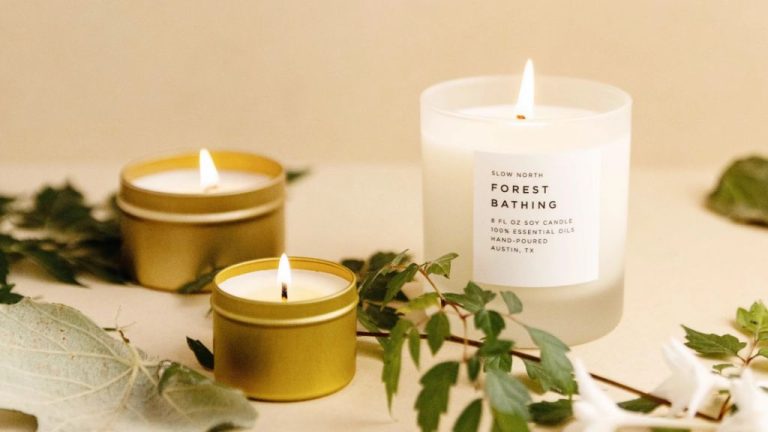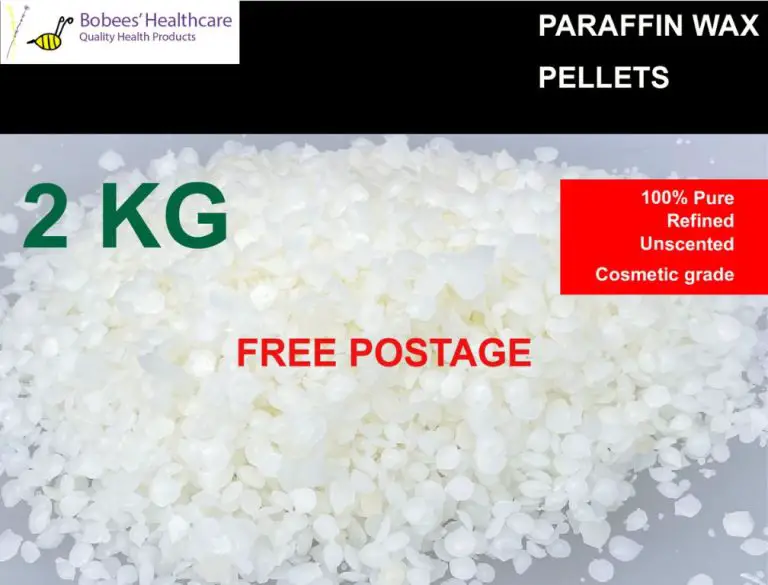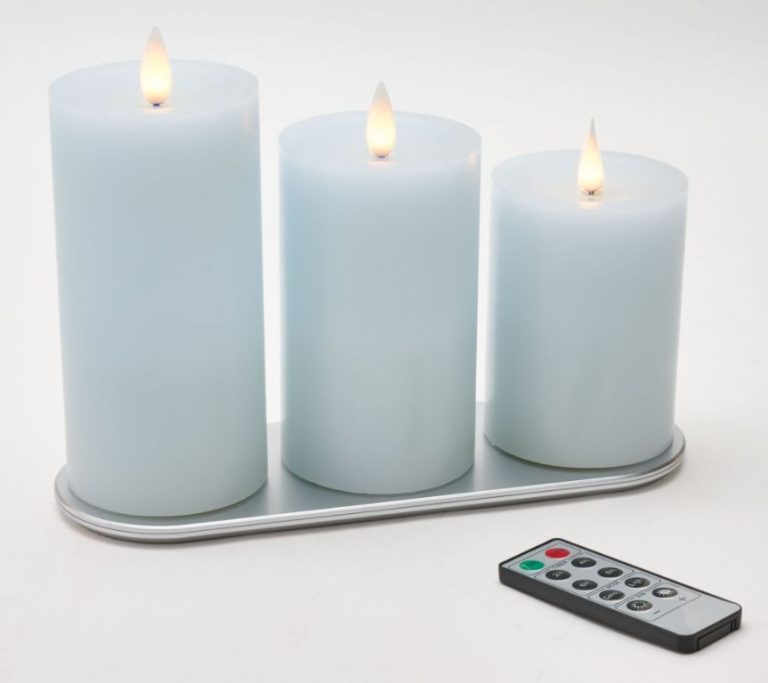What Size Wood Wick For A 10 Oz Candle?
A wood wick is a special type of wick used in candles that is made of wood instead of cotton or paper. Wood wicks have a unique wooden core that creates a pleasant crackling sound when lit, similar to a campfire. The wood also burns slower and cleaner than other wick materials.
Wood wicks are popular in scented and decorative candles because they enhance the candle experience. The natural wood smell complements scented candles nicely. The crackling sound is an attractive accent that makes candles more interesting to burn. Wood wicks also tend to not bend over or get lost in the melted wax as much as regular wicks.
Overall, wood wicks provide a safe, clean-burning, and more enjoyable candle experience. The wood material brings a natural element with its look, sound, and smell that gives candles more character than just a basic cotton wick.
Candle Sizes
Candles come in a variety of standard sizes, ranging from small tea lights that are around 1-2 oz, to large pillars and containers that can be over 20 oz. Some of the most common candle sizes include:
- Tea lights – 1-2 oz
- Votives – 2-4 oz
- Tumblers – 4-6 oz
- Jars – 4-12 oz
- Pillars – 6-12 oz
- Large jars and pillars – 12-24 oz
A 10 oz candle is considered a medium-large sized candle. It’s larger than a votive or tumbler, but smaller than a large pillar or jar candle. 10 oz is a standard and popular size for both jar and pillar candles.
When choosing a wick for any candle size, it’s important to take into account the diameter of the candle as well as the wax type. This will determine how large the wick needs to be to produce the proper melt pool and fragrance throw. Testing is always recommended to find the ideal wick for each candle design.
Wick Sizes
Wick sizes are typically categorized as small, medium, and large. The width of the wick determines how large the flame will be and how quickly the wax will melt and pool.
Small wicks are around 1/16″ wide. They create a smaller flame and melt the wax at a slower rate. Small wicks are best for containers with a diameter of 1-2″.
Medium wicks are approximately 3/32″ wide. They produce a flame sized well for most standard candles between 2-3″ diameters. Medium wicks strike a balance of not melting too fast or too slow.
Large wicks measure around 1/8″ across. They generate a taller flame to melt more wax at once. Large wicks work best in candles 3-4″ in diameter to match the higher melt rate.
Choosing the improper wick size can lead to issues like tunneling, poor scent throw, or sooting. Selecting the right width helps ensure proper wax pooling and an ideal burn.
Wick Recommendations
For a 10 ounce candle, a good starting point is to use a wood wick with a diameter around 1.5-2mm. This size should provide an optimal flame height and melt pool for most 10 ounce candles. Some pros of a 1.5-2mm wick for a 10 ounce candle are:
- Provides a taller flame which fills out the votive or container better.
- Melts wax evenly across the top of the candle.
- Less likely to smoke or soot.
Some cons could be:
- May burn too quickly if the wick is too wide.
- Possibility of tunneling if the wick is too small.
If your 10 ounce candle isn’t performing with a 1.5-2mm wick, you may need to adjust up or down by 0.5mm. Testing different wick sizes to find the sweet spot for your candle design is key.
Wick Positioning
Proper wick positioning is essential for even burning and maximizing your candle’s burn time. The wick should be centered in the container so it burns down the middle of the wax pool.
For best results:
- Place the candle on a flat surface and check if the wick is centered in the container. Use a ruler to measure if needed.
- If the wick is off-center, gently bend and reposition it so it is centered.
- For taper candles, make sure the wick is standing straight up and not leaning to one side.
- Check that the bottom of the wick touches the bottom of the container so all the wax can melt and burn.
- Avoid trimming the wick before the first burn to allow proper positioning.
With the wick centered in the wax pool, you will get even melting, better fragrance disbursement, and a cleaner burn.
Testing and Adjusting
Once your candle is made, it’s important to test the burn quality and make any necessary wick adjustments. Here are some tips for testing and adjusting your wood wick:
- Do a first burn test away from anything flammable. Let the candle burn for at least 1 hour.
- Observe the flame during the test burn. An ideal flame should be about 1-2 inches high and steady, not smoking or sooting.
- If the flame is too small, try a larger wick. If it’s too large or smoking, try a smaller wick.
- Extinguish the candle and allow it to cool completely before making any wick changes.
- To change the wick, gently remove the existing wick and replace it with a different size.
- Test burn the candle again with the new wick and continue adjusting as needed.
- It may take a few rounds of testing and adjusting to find the optimal wick size for your candle.
Getting the right sustainably-sourced wood wick will help your candle perform at its best. Test burns allow you to zero in on the perfect wick size for clean, consistent burns.
Wood Wick Maintenance
Proper maintenance is key to ensuring your wood wicks perform optimally and safely. Here are some tips for wood wick care between burns:
- Trim the wick before each use to remove any excess char and frayed ends from the previous burn. Use sharp scissors or clippers designed for wick trimming. Cut the wick to a uniform height of approximately 1⁄4 inch.
- Allow the wax pool to solidify completely before trimming the wick. Never trim a hot or lit wick.
- Make sure wick trimmings fall into the wax and not onto your work surface. The trimmings can be flammable.
- Gently curve or bend the wick into an upright position so it stands up straight in the wax pool. This helps ensure even burning.
- Avoid packing or compressing the wick down into the wax. Allow some space around the wick for heat dispersion.
- Clean any wax or oil residue off the scissors or trimmers after each use.
- Replace the wick if it becomes excessively thick, brittle, or covered in carbon deposits that cannot be removed by trimming.
With routine trimming and care, your wood wicks will provide a crackling, soothing glow with each use.
Troubleshooting
Wood wicks can sometimes run into issues while burning. Here are some common problems and solutions:
Wick Sputtering
If the wick is making crackling or popping sounds and sputtering, the wick may be too wide for the wax pool. Try trimming the wick shorter or using a thinner wick so it can burn more cleanly.
Mushrooming
Wood wicks can develop excess carbon buildup or “mushrooming” at the tip. To fix, trim the blackened parts of the wick so it has a fresh edge to burn from. Mushrooming can be prevented by making sure the candle isn’t overheated.
Smoking
Excess smoke can mean the wick is too wide or long for the wax pool size. Try a shorter or thinner wick so the candle isn’t overwhelmed. Also ensure the candle isn’t burning in a draft which can cause uneven burning.
Tunneling
If wax is melting unevenly, creating a cave-like tunnel in the center, the wick may be too small for the wax pool size. Use a wider wick so more wax can melt at the edges for even burning.
Safety Tips
When burning any candle, it’s important to follow basic safety precautions. Here are some tips to keep in mind when using wood wicks:
- Never leave a burning candle unattended. Extinguish the flame if you have to leave the room.
- Keep candles away from flammable materials like curtains, upholstery, paper, etc. Leave at least 12 inches of space all around.
- Avoid burning candles near drafts which can cause the flame to tunnel down into the wax pool.
- Trim the wick to 1⁄4 inch before each lighting to prevent smoking and excessive flame height.
- Use a candle holder that is heat resistant and won’t tip over easily.
- Burn candles in a well-ventilated room and avoid burning for more than 4 hours at a time.
- Keep wicks centered in the wax pool as they burn to prevent wall sooting.
- Extinguish candles if the wax pool reaches the very edge of the container.
- Never touch or move a burning candle. Allow at least 2 hours to cool before handling.
- Inspect for damage and discard if the candle becomes excessively sooty or the container is damaged.
Following basic candle safety will help ensure you can enjoy wood wick candles safely.
Conclusion
Selecting the right wick size is crucial for optimizing a candle’s burn and getting the most out of its fragrance. For a 10 oz candle, typically a medium or large wood wick works best. Aim for a wick around 1/2″ wide to allow full melt pool coverage without excess sooting or mushrooming.
Always test multiple wicks to find the perfect fit for your particular wax, fragrance load, and vessel shape. Adjust the wick up or down if needed until you achieve the ideal flame height, wax pool diameter, and hot and cool throw. With the right testing and adjustments, you can create 10 oz wood-wicked candles that perform beautifully and fill a room with fragrance.
In summary, choose a medium to large, 1/2″ wood wick as a starting point for a 10 oz candle. Test burning, observe the melt pool and flame, and make any necessary tweaks until you dial in the perfect wood wick for your creation.





